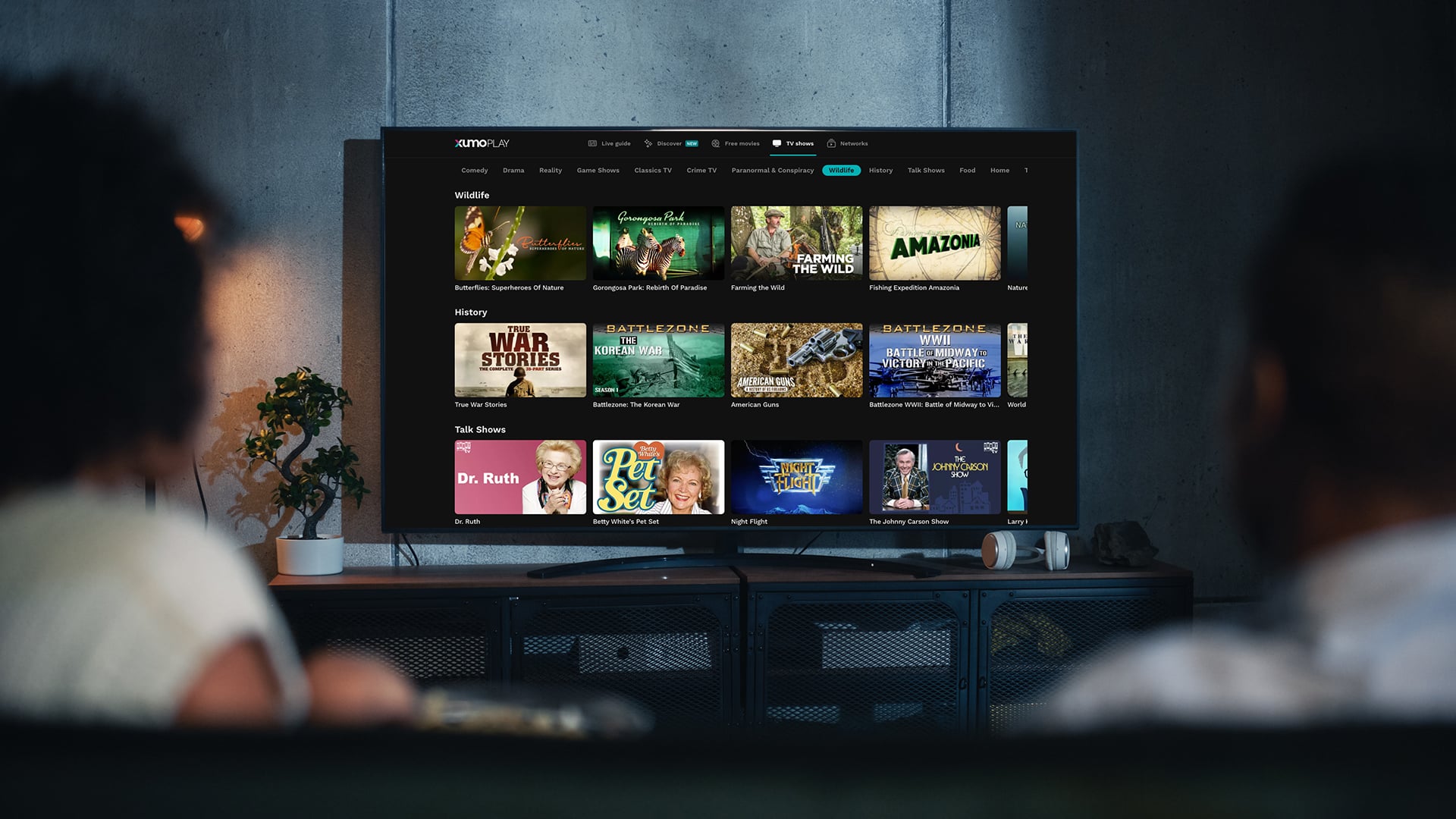The 2-Minute Rule for Apollo Group Tv
Table of ContentsNot known Details About Apollo Group Tv Apollo Group Tv Things To Know Before You BuyGetting My Apollo Group Tv To WorkAll about Apollo Group Tv
In this situation, instead of having three-minute business places during a 30-minute tv program, television programs may transform to one where a consumer will be required to have a month-to-month membership, so that they cen view targeted banner ads. This type of advertising and marketing currently takes place online, and the quantity of data television business gather permits them to do similar.Clarify the impact of sponsors on program material. Describe the significant patterns amongst the broadcasting and cable television networks. When television was in its infancy, producers modeled the new medium on radio. Popular radio reveals such as police dramatization Dragnet and western cowboy series Gunsmoke were adapted for television, and new TV programs were sponsored by single marketers, equally as radio shows had actually been.
Today, the tv market is even more complex. Programs are sponsored by multiple advertisers; programs is regulated by major media conglomerates; and the three major networks no more control the airwaves yet instead share their customers with numerous cable television networks. Several elements make up these fads within the market, consisting of technical advancements, federal government regulations, and the development of brand-new networks.

Everything about Apollo Group Tv
Established in 1969, (PBS) established out of a record by the Carnegie Payment on Educational Television, which took a look at the duty of instructional, noncommercial television on culture. Public television was likewise meant to give universal accessibility to television for audiences in rural locations or visitors who can not afford to pay for private tv services.
The period in between 1950 and 1970 is historically acknowledged as the. In addition to a small portion of airtime controlled by public tv, the three major networks (referred to as the Big 3) controlled the television sector, collectively representing even more than 95 percent of prime-time viewing. In 1986, Rupert Murdoch, the head of multinational company News Corp, introduced the Fox network, testing the supremacy of the Big 3.
Targeting young and minority target markets with programs such as Buffy the Vampire Killer, Moesha, Dawson's Creek, and The Wayans Bros., the brand-new networks wanted to draw stations away from their old network affiliations. Nonetheless, instead of repeating the success of Fox, UPN and WB struggled to make an impact. Unable to draw in lots of associate terminals, the 2 new networks reached fewer families than their larger rivals because they were impossible in some smaller sized cities.
This decision led the way for the development of cord movie channels, adding to the exponential growth of cable television in the 1980s and 1990s. apollo tv group. Additional deregulation of cord in the 1984 Cable Television Communications Plan Act got rid of constraints on wire prices, enabling drivers to bill what they wanted for cable television services as long as there worked competition to the service (a standard that over 90 percent of all wire markets might satisfy)
Apollo Group Tv Things To Know Before You Buy

Having actually produced the initial "superstation," Turner expanded his world by establishing 24-hour news network CNN in 1980. At the end of the year, 28 nationwide programs solutions were available, and the wire transformation had started. Over the following years, the market underwent a period of rapid development and popularity, and by 1994 customers might pick from 94 basic and 20 costs cable television services.
Figure 9 - https://giphy.com/channel/apollogtv01.16 Enhanced competitors from wire channels has actually triggered a consistent decline in the networks' target market rankings. During the 1950s, the price of generating a solitary tv program enhanced as shows ended up being much longer and manufacturing costs soared. Sponsorship on network television changed from solitary sponsorship, in which a program was totally sustained and generated by one advertiser, to multiple sponsorship, in which marketers acquired 1- or 2-minute areas on the show
Pick one of the Big browse around these guys 4 networks and publish out its weekly shows timetable. Watch the network's prime-time programs over the program of a week, keeping in mind the target demographic for each program.
The Best Guide To Apollo Group Tv

Linear television, typically described as conventional program TV, incorporates cable and satellite television. It's called "straight" because content follows a predetermined programs routine, unlike on-demand web content which the individual viewer makes a decision to see based on their very own preferences and timetable. So, when you ask, "What is direct TV?", consider it as the timeless way of watching TV that has actually been around for years.